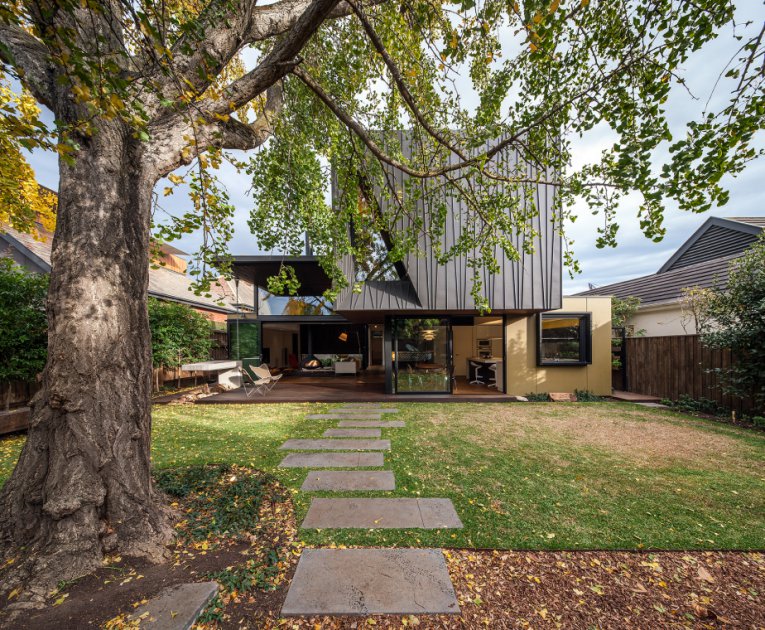A material which grows so beautiful over many
Generations
Why zinc?
Zn protects steel against corrosion. The life and durability of steel are greatly improved when coated with zinc. No other material can provide such efficient and cost-effective protection for steel (Barrier protection)
Zinc as a Sustainable Building Material
“Green” buildings are designed to use natural resources which are environmentally friendly. One of the most sustainable, high performance building materials prevalent throughout the world is zinc, which is an abundant in the earth crust.
They offer occupants healthy surroundings that fit within their environment. This is how sustainable buildings retain their high value on a long-term basis – for investors, owners and users.
Zn is fully recyclable from construction scrap to end of use, which lowers the energy required for manufacturing. When zinc’s expiration date occurs, it can be easily dismantled, ground up and re purposed for re-use in items ranging from tires to paint and more.
The energy required to produce zinc from ore is lesser than copper and steel.
Zinc possesses a long lifespan and requires low maintenance. Roofs and walls made of zinc have lasted up to 100 years in Europe, where using it for building began in the 1800s.
Regarding low maintenance, zinc naturally develops a protective layer over time called a patina that will “self-heal” if scratched or removed.
Zinc rain screens can create thin air barriers for heating or cooling purposes
Zinc has its own protective layer called zinc hydroxyl-carbonate. Which avoids moisture and chemicals from penetrating the zinc and the hydroxyl-carbonate will reform over time. Zinc heals itself, so no-maintenance surface
Zinc also requires very little energy to manufacture and little to no maintenance, and it is 100 percent recyclable from new construction scrap to the time it reaches its end use. As a result, zinc roofs and wall cladding never end up in landfills.
For generations, European architects have specified zinc as a building envelope material for all types of buildings because it would last and endure harsh weather conditions. In the late 1700s, zinc was also one of the most popular materials used for roofing in America, which is why many well-known historic structures, such as the Washington Monument and Thomas Jefferson's Monticello, had metal roofs.
Not only for its durability but also because of the increasing need for environmentally sustainable design and construction.
Applications
Zinc Cladding
There are many variations available on the construction of wall cladding. One of the materials we use for facades is panels is zinc. The finish of zinc panels can be smooth, but it is also possible to supply them with a patterned or weathered look. Each zinc wall cladding variation contributes to a certain design and can completely change the outlook on a building. zinc cladding are durable and will have a positive contribution to wall cladding with their sustainable quality.
Advantages of Zinc Cladding
This creates an advantage for zinc cladding if compared to regular steel cladding. With regular steel rust will appear due to weather conditions where with zinc cladding is resistant to various weather conditions. This makes zinc a metal with a very high durability.
Zinc is also a completely recyclable material and can be re-used, which makes this building material effective and friendly for the environment.
Beauty and Longevity
A zinc cladding system is likely to last for several decades. The physical properties of zinc make it a very unique and useful material to be used as building cladding. Zinc, on the other hand, has the ability to resist continued corrosion due to a very unique reaction. When zinc is exposed to the moisture and carbon dioxide that is present in our atmosphere, a protective layer of zinc carbonate forms on its surface, prohibiting the corrosion process that steel experiences. The resulting zinc-carbonate layer creates a beautiful bluish patina for a very desirable appearance.
Clean and Green
Zinc is also a very environmentally friendly metal. It is a 100 percent recyclable metal that can be reused over and over again.
Zinc is also a fungi stat, which is an agent that prohibits the reproduction of mold, mildew and fungus and reduce the risk of moss or even black mold from forming on the exterior of a building in areas that are in contact with the metal. Unlike copper and other metals, can be used in areas where vegetation is present, as it will not damage or compromise plant growth.
Manufacturability
Follow us on;
M: +94770881558
T: +94117470055
E: sales@wallspan.lk
Visit us: www.wallspan.lk
Experience center and showroom: 415-425, Galle Road, Colombo 4







